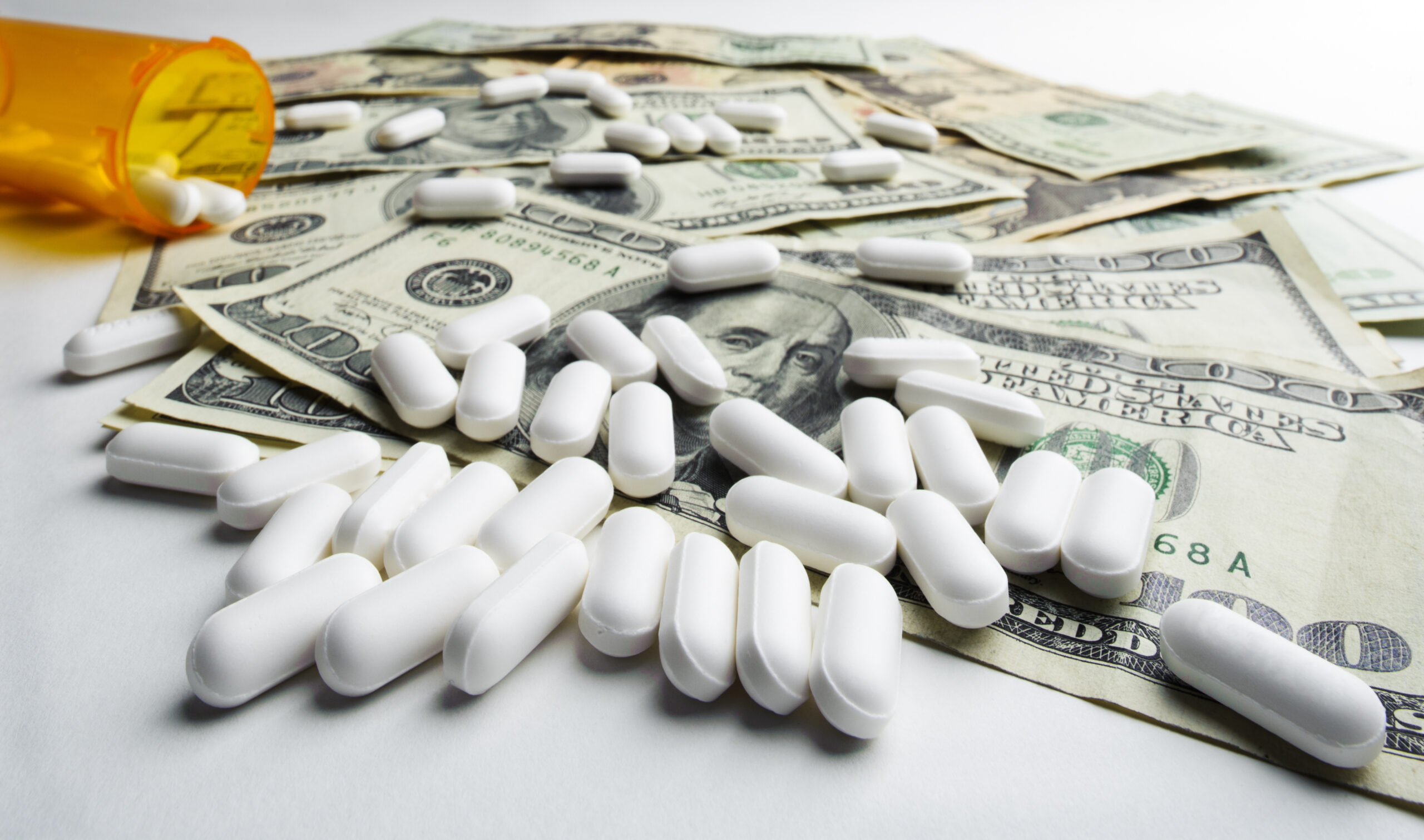© 2025 CSRXP- All Rights Reserved

Second Opinion: Correcting Big Pharma’s Claims On The Rebate Rule
Jul 12, 2019
America’s seniors and taxpayers received a huge win today when the administration made the right call to withdraw a proposal, known as the Rebate Rule, from the Department of Health and Human Services (HHS).
The Campaign for Sustainable Rx Pricing (CSRxP) was a leading voice raising concerns with the proposed rule, including, among others, its projected premium hikes for Medicare Part D beneficiaries, nearly $200 billion price tag for taxpayers and $100 billion bailout for Big Pharma.
Big Pharma on the other hand, has been aggressively campaigning in favor of the rule for months, playing the blame game by attacking pharmacy benefit managers (PBMs) and rebates to dodge responsibility for the crisis of rising drug prices.
Following the announcement, PhRMA, the principal lobbying organization for Big Pharma, released this statement:
“The Administration’s decision to not move forward on the proposed rule to reform the rebate system in Medicare Part D is a blow to seniors who could have paid less for their medicines at the pharmacy counter. Of all the policies proposed in Washington right now, this was the only proposal that would provide immediate savings at the pharmacy counter, instead of only saving the government or insurance companies money. It is disappointing that despite support from policymakers on both sides of the aisle and from a wide array of consumer, patient, pharmacist and provider groups that they have decided to backtrack. Our industry remains committed to fighting for patients by advancing policies that will actually lower what they pay out of pocket for their medicines.”
In expressing their disappointment, PhRMA posited a few myths to correct.
MYTH #1:
“The Administration’s decision to not move forward on the proposed rule to reform the rebate system in Medicare Part D is a blow to seniors who could have paid less for their medicines at the pharmacy counter.”
FACT:
The Rebate Rule would have burdened seniors with increased premiums, failed to lower drug prices and, in some scenarios, could even have increased out-of-pocket costs:
- Higher Premiums: The Center for Medicare and Medicaid Services’ (CMS) Office of the Actuary found that Part D beneficiaries would see premium hikes of 25 percent under the rule.
- No Reduction In Prices: The nonpartisan Congressional Budget Office (CBO) agreed premiums would rise for seniors and found the rule would not lower drug list prices.
- Higher OOP Costs: A report by Avalere Health found Medicare Part D beneficiaries could see premiums increase as much as 40 percent under the proposed rule and end up paying $36.5 billion in increased out-of-pocket costs.
MYTH #2:
“Of all the policies proposed in Washington right now, this was the only proposal that would provide immediate savings at the pharmacy counter, instead of only saving the government or insurance companies money.”
FACT:
Cracking down on Big Pharma’s anti-competitive tactics and increasing list price transparency will address the root cause of the prescription drug price crisis and deliver concrete relief for patients. Members of Congress and the administration have been working together, in bipartisan fashion, to consider and advance a number of market-based solutions that will help lower prices. Examples include:
- $3.9 Billion: The Creating and Restoring Equal Access To Equivalent Samples (CREATES) Act would crack down on REMS abuse, an anti-competitive tactic employed by Big Pharma to keep generics and biosimilars from coming to market. The CREATES Act is supported by the White House and has been passed by the U.S. House and advanced out of the U.S. Senate Committee on Healthcare, Education, Labor and Pensions (HELP). CBO estimates the CREATES Act would save patients and taxpayers $3.9 billion over 10 years.
- $114.8 Billion: Lawmakers in Congress are considering measures to cap Medicare Part D out-of-pocket-costs paired with greater accountability for Big Pharma in the catastrophic phase. So long as drug makers’ liability in the catastrophic phase is significant, these measures could provide immediate relief and a long-term incentive against price-gouging worth up to $114.8 billion for seniors and taxpayers.
MYTH #3:
“Our industry remains committed to fighting for patients by advancing policies that will actually lower what they pay out of pocket for their medicines.”
FACT:
Big Pharma has repeatedly put profits over people and continues to hike prices on life-saving medications, even as the American people struggle to afford their prescription drugs and demand action to hold drug makers accountable.
- 27 Percent: An analysis by Wells Fargo & Co. found that drug makers raised prescription drug prices by an average of 27 percent in June and raised prices on 106 drugs compared to 101 in May.
- 3,443: Data released by Rx Savings Solutions found that drug prices climbed by 10.5 percent over the past six months – four times faster than inflation. Prices increased on a whopping 3,443 drugs over those six months, compared to 2,919 in the previous year.
Now that the Rebate Rule has been withdrawn, the administration and Congress must seize on the unprecedented momentum to hold Big Pharma accountable by advancing market-based solutions to increase competition and boost transparency. Learn more HERE.
###
